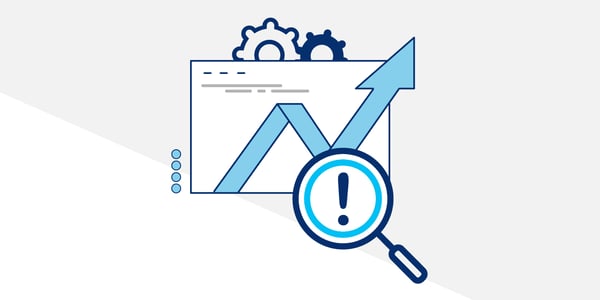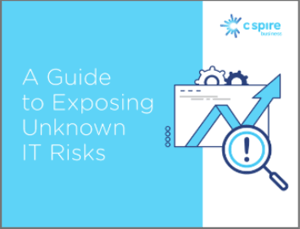 Business leaders are often tempted to make technology choices based on short-term savings that can lead to long-term headaches. Do any of these sound familiar?
Business leaders are often tempted to make technology choices based on short-term savings that can lead to long-term headaches. Do any of these sound familiar?
- Using multiple free or inexpensive versions of applications to run the business that are not centralized or connected, forcing staff to work in and out of multiple platforms.
- Supporting multiple types of antivirus software without central administration, which requires your staff to have reactionary troubleshooting and support skills for each application.
- Mismatched and outdated servers, firewalls, and other network hardware.
IT Standardization to the Rescue
When organizations use a framework of guidelines and IT standards set by leadership to minimize costs and ensure a level of quality, efficiency, and consistency, that is called standardization. Outside of IT, companies have standardized steps for processes like answering the phone, completing sales transactions, or closing the store for the evening. These steps help a business reduce the chance that someone will leave out aspects of the process, therefore ensuring a level of quality.
A lack of standardization in IT can include mismatched network equipment, software platforms, and configurations, which leads to communication difficulties, a lack of scalability as the organization grows, and failing compliance standards that leaves gaping security holes.
Lack of Compliance
For organizations in regulated industries - healthcare, financial, insurance, etc. - that must adhere to data and security compliance regulations, a lack of standardization can mean a lack of compliance. Here are a just few compliance issues that can arise:
- Security permissions, roles, and responsibilities. If network permissions are assigned on an ad hoc basis, roles can change, and people can inadvertently have access to sensitive information such as financial data and employee records. For example, you don’t want to find out that an operations employee has mistakenly had access to HR files with your staff’s salaries. You also don’t want to find that an employee who left the company a year ago still has access to your network.
 Employees. When network permissions aren’t standardized, employees can inadvertently put your entire network at risk. For example, a company rich in standardization would have policies that prevent employees from being able to download unapproved and malicious software, games, etc.
Employees. When network permissions aren’t standardized, employees can inadvertently put your entire network at risk. For example, a company rich in standardization would have policies that prevent employees from being able to download unapproved and malicious software, games, etc.- Data flow. Interoperability is the ability of IT systems and applications to connect and exchange information. When this healthcare data flow is compromised, it reduces the ability to seamlessly send and receive patient information, which could result in duplicative testing. Application integration enables better-informed clinical decision-making and can help avoid adverse health events. Poor interoperability is a serious compliance issue for the healthcare industry, among others. High levels of interoperability are critical for a growing organization’s success and meeting compliance requirements.
Standardizing equipment, hardware, software and updates, along with operations and security practices, builds efficiency and predictability for an organization. And while it can be costly in the beginning, it will ultimately save time, productivity, and money as you grow.
 C Spire Business' Rusty Goodsell has more than 15 years of experience building IT strategies for businesses of all sizes in a variety of industries.
C Spire Business' Rusty Goodsell has more than 15 years of experience building IT strategies for businesses of all sizes in a variety of industries.














![[On-Demand Webinar: Business IT Risks You Could Be Missing]](https://no-cache.hubspot.com/cta/default/464523/0fba40c5-4352-4684-acd4-4df19395b321.png)



